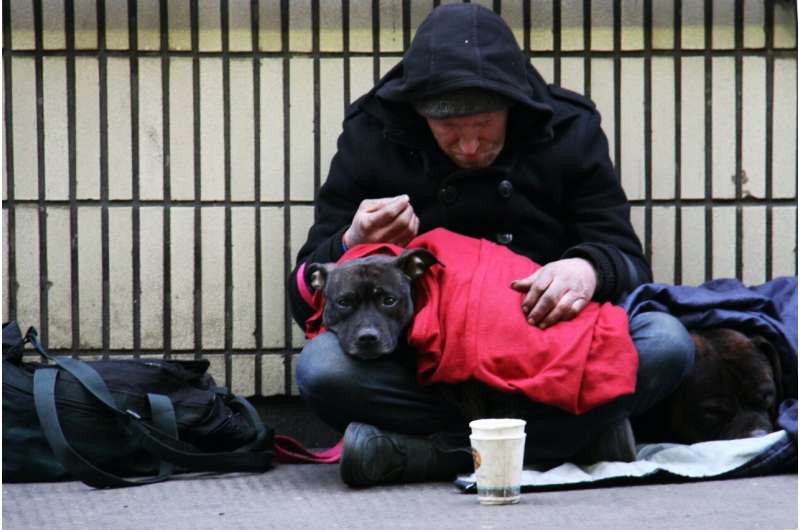Emerging Ebola Outbreak in Africa: Key Facts and Risks

A new Ebola outbreak has been declared in the Democratic Republic of the Congo's Kasai Province, involving the deadly Zaire strain. Health officials are deploying vaccines and containment measures to curb the spread, highlighting the importance of early detection and response.
A new Ebola outbreak has been declared in the Democratic Republic of the Congo's Kasai Province, raising significant concern among health authorities. This outbreak involves the highly lethal Zaire Ebola virus strain, which has a history of causing severe epidemics in the region.
The initial case was identified in late August, when a 34-year-old pregnant woman was hospitalized after showing symptoms and subsequently died five days later. Tragically, two healthcare workers who attended to her also contracted the virus and lost their lives. As of mid-September, there have been 81 confirmed cases and 28 fatalities, including four health workers. The outbreak's genetic analysis suggests a spillover from an animal reservoir rather than ongoing transmission from previous outbreaks.
Ebola was first discovered in 1976 near the Ebola River in Zaire (now the DRC), with fruit bats identified as the natural hosts. Humans usually become infected through contact with infected animals such as bats, monkeys, antelope, or porcupines. The virus mainly spreads through direct contact with bodily fluids—blood, saliva, sweat, vomit, feces, or semen—of symptomatic individuals. Symptoms often appear abruptly and include fever, fatigue, muscle aches, headaches, sore throat, followed by vomiting, diarrhea, rash, bleeding, and in severe cases, shock.
The death rate without prompt medical intervention can reach up to 90%, emphasizing the importance of early detection and treatment. The virus can spread rapidly within communities, healthcare settings, and during funerals, especially when body contact involves washing or touching the deceased.
Recent large outbreaks, notably in West Africa (2013–2016) and in 2019, underscored the devastating impact of delayed responses and weak healthcare systems. The current outbreak in DRC is complicated by ongoing conflicts, limited access to some communities, and existing concurrent health crises like cholera and measles.
Preventing the spread relies on measures such as early isolation of cases, contact tracing, and enforcing safe burial practices to avoid traditional rituals that involve body contact. Hospital capacity is vital, and establishing field hospitals has been critical in past epidemics. Supportive care, including rehydration, electrolyte management, and monoclonal antibodies, can improve patient survival.
Fortunately, a vaccine—Ervebo (rVSV-ZEBOV)—has demonstrated 100% efficacy immediately after exposure during trials, and about 84% in real-world settings. The WHO is actively supporting vaccination campaigns, including ring vaccination targeting contacts and frontline workers.
Early detection enhances outbreak control efforts. Tools like AI-powered platforms can detect early signals of emerging cases, enabling quicker responses, especially in regions with limited diagnostic infrastructure. Though the risk remains high for the DRC, regional concern and international vigilance are essential to prevent wider spread.
Source: https://medicalxpress.com/news/2025-09-outbreak-ebola-africa.html
Stay Updated with Mia's Feed
Get the latest health & wellness insights delivered straight to your inbox.
Related Articles
Discovery of Key Proteins Associated with Rare Autoimmune Vasculopathy
Researchers have identified two proteins, CCN1 and CCN2, that play a crucial role in blood vessel thickening in autoimmune vasculopathy, a complication of antiphospholipid syndrome, opening new avenues for targeted treatments.
Study Reveals Strong Connection Between Street Sweeps, Overdose, and Systemic Harm
A recent study uncovers the harmful impact of street sweeps on homeless individuals, linking belongings confiscation to increased overdose risks, violence, and barriers to essential services in Vancouver.
Neutrophil-Tumor Cell Interaction as a Potential Target and Biomarker in Advanced Breast Cancer
New research identifies neutrophil-tumor cell interactions as promising targets and biomarkers in advanced breast cancer, paving the way for novel therapies and diagnostics.
Ethiopia's Innovative Emergency Medical Response System Sets a Regional Standard
Ethiopia has developed Africa's first WHO-certified regional emergency medical team and training hub, setting a scalable example for strengthening health emergency responses across the continent.



